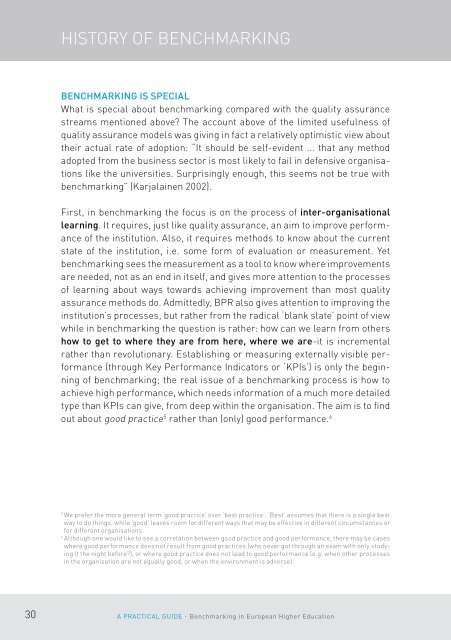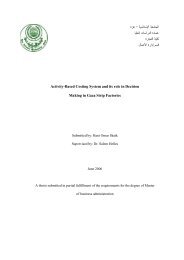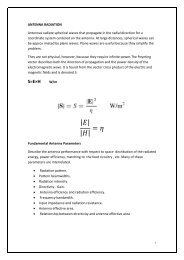A prActicAl guide Benchmarking in european Higher education
A prActicAl guide Benchmarking in european Higher education
A prActicAl guide Benchmarking in european Higher education
Create successful ePaper yourself
Turn your PDF publications into a flip-book with our unique Google optimized e-Paper software.
HISTORY OF BENCHMARKING<br />
<strong>Benchmark<strong>in</strong>g</strong> is special<br />
What is special about benchmark<strong>in</strong>g compared with the quality assurance<br />
streams mentioned above? The account above of the limited usefulness of<br />
quality assurance models was giv<strong>in</strong>g <strong>in</strong> fact a relatively optimistic view about<br />
their actual rate of adoption: “It should be self-evident ... that any method<br />
adopted from the bus<strong>in</strong>ess sector is most likely to fail <strong>in</strong> defensive organisations<br />
like the universities. Surpris<strong>in</strong>gly enough, this seems not be true with<br />
benchmark<strong>in</strong>g” (Karjala<strong>in</strong>en 2002).<br />
First, <strong>in</strong> benchmark<strong>in</strong>g the focus is on the process of <strong>in</strong>ter-organisational<br />
learn<strong>in</strong>g. It requires, just like quality assurance, an aim to improve performance<br />
of the <strong>in</strong>stitution. Also, it requires methods to know about the current<br />
state of the <strong>in</strong>stitution, i.e. some form of evaluation or measurement. Yet<br />
benchmark<strong>in</strong>g sees the measurement as a tool to know where improvements<br />
are needed, not as an end <strong>in</strong> itself, and gives more attention to the processes<br />
of learn<strong>in</strong>g about ways towards achiev<strong>in</strong>g improvement than most quality<br />
assurance methods do. Admittedly, BPR also gives attention to improv<strong>in</strong>g the<br />
<strong>in</strong>stitution’s processes, but rather from the radical ‘blank slate’ po<strong>in</strong>t of view<br />
while <strong>in</strong> benchmark<strong>in</strong>g the question is rather: how can we learn from others<br />
how to get to where they are from here, where we are-it is <strong>in</strong>cremental<br />
rather than revolutionary. Establish<strong>in</strong>g or measur<strong>in</strong>g externally visible performance<br />
(through Key Performance Indicators or ‘KPIs’) is only the beg<strong>in</strong>n<strong>in</strong>g<br />
of benchmark<strong>in</strong>g; the real issue of a benchmark<strong>in</strong>g process is how to<br />
achieve high performance, which needs <strong>in</strong>formation of a much more detailed<br />
type than KPIs can give, from deep with<strong>in</strong> the organisation. The aim is to f<strong>in</strong>d<br />
out about good practice 5 rather than (only) good performance. 6<br />
5<br />
We prefer the more general term ‘good practice’ over ‘best practice’. ‘Best’ assumes that there is a s<strong>in</strong>gle best<br />
way to do th<strong>in</strong>gs, while ‘good’ leaves room for different ways that may be effective <strong>in</strong> different circumstances or<br />
for different organisations.<br />
6<br />
Although one would like to see a correlation between good practice and good performance, there may be cases<br />
where good performance does not result from good practices (who never got through an exam with only study<strong>in</strong>g<br />
it the night before?), or where good practice does not lead to good performance (e.g. when other processes<br />
<strong>in</strong> the organisation are not equally good, or when the environment is adverse).<br />
30 A Practical Guide - <strong>Benchmark<strong>in</strong>g</strong> <strong>in</strong> European <strong>Higher</strong> Education

















